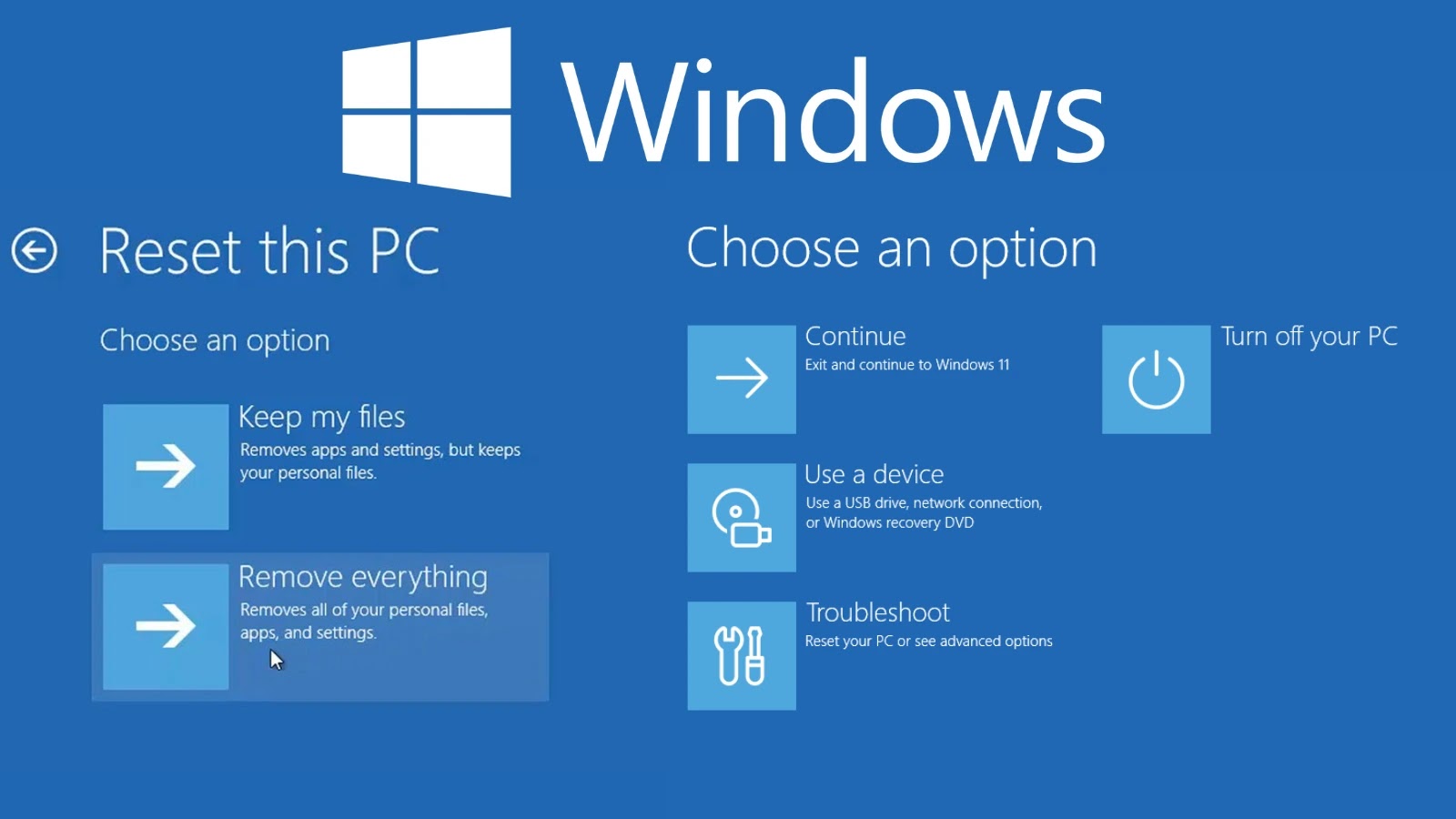
Microsoft Confirms August Update Broken Reset and Recovery Options in Windows 11, 22H2, 23H2, and Others
Imagine a scenario where your crucial Windows PC encounters a critical error, and your only recourse is to factory reset the system or revert to a previous restore point. Now, imagine those fundamental recovery options simply failing. This isn’t a hypothetical nightmare; it’s a stark reality for many Windows users following a recent August security update. As an expert cybersecurity analyst, I underscore the gravity of this situation: impaired recovery mechanisms can leave systems vulnerable, data inaccessible, and operational continuity severely compromised.
The Confirmed Issue: KB5063709 Breaks Windows Recovery
Microsoft has officially acknowledged a significant issue stemming from its August 2025 security update, KB5063709. Released on August 12, 2025, this update is causing critical failures in the “Reset this PC” and other essential recovery features across a broad spectrum of Windows client operating systems. This isn’t merely an inconvenience; it’s a fundamental breakdown of a system’s ability to self-repair or revert to a stable state.
Affected Windows Versions
The impact of KB5063709 is not confined to a single Windows iteration. Microsoft’s confirmation indicates that the problem spans across several widely used versions. This includes, but is not limited to, the following:
- Windows 11 (all current versions, including 22H2 and 23H2)
- Windows 10 (various versions)
- Potentially other client OS versions not explicitly detailed but implied by “and Others”
The broad scope of affected systems means a significant user base is now operating with compromised recovery capabilities, raising concerns about disaster recovery and incident response preparedness.
Understanding the Impact of Failed Recovery Options
The “Reset this PC” function is a user’s lifeline in many critical situations. It allows for a clean reinstallation of Windows, either keeping personal files or removing everything, often used for:
- Resolving persistent system errors or crashes.
- Removing stubborn malware or ransomware infections.
- Preparing a device for resale or transfer.
- Restoring system performance after significant software conflicts.
When these options fail, users are left with limited pathways to restore system functionality. This could necessitate more complex and time-consuming manual reinstallation processes, or in worst-case scenarios, lead to data loss if not properly backed up.
Remediation Actions and Mitigations
Given the confirmed nature of this defect, immediate action and strategic planning are imperative. While a permanent fix from Microsoft is pending, several steps can be taken to mitigate the risks:
- Regular and Robust Backups: This is the paramount defense. Ensure you have up-to-date, verified backups of all critical data. Use external drives, cloud services, or network-attached storage (NAS). Test your backup restoration process periodically.
- Create a Bootable USB Installation Media: Before a problem arises, create a bootable USB drive with the Windows Installation Media. This will allow you to perform a clean install if the built-in recovery options fail. Instructions are available on Microsoft’s official support pages.
- System Restore Points: While ‘Reset this PC’ is affected, System Restore might still function for some users. Ensure System Restore is enabled and create manual restore points before installing new software or updates.
- Monitor Microsoft’s Official Channels: Stay vigilant for official patches or workarounds from Microsoft. Check the Windows Update history and the Microsoft Support website for updates related to KB5063709 or subsequent cumulative updates.
- Consider Deferring Non-Critical Updates (Temporary): If you rely heavily on the reset functionality and have not yet installed KB5063709, consider deferring non-critical updates until a fix is released. This is a temporary measure and should be balanced against security patch requirements.
Detection and Remediation Tools
While the issue is with OOB (Out-of-Box) recovery, certain tools can assist in monitoring system health and preparing for potential issues:
| Tool Name | Purpose | Link |
|---|---|---|
| Windows Update Troubleshooter | Diagnose and fix common Windows Update issues. | Microsoft Support |
| Windows Media Creation Tool | Create bootable USB/DVD for clean Windows installation. | Microsoft Windows 11 Download (or Windows 10 equivalent) |
| Veeam Agent for Microsoft Windows | Comprehensive backup and recovery solution for Windows endpoints. | Veeam |
| Macrium Reflect Free | Disk imaging and cloning software for full system backups. | Macrium Reflect |
Looking Ahead: The Importance of a Reliable Recovery Mechanism
This incident underscores the critical importance of reliable system recovery options. For IT professionals and ordinary users alike, the ability to reset or recover a system serves as a fundamental safety net against software corruption, malware, and user errors. Microsoft’s prompter acknowledgment and a swift resolution are anticipated to restore confidence in these essential features.
As this situation develops, maintaining awareness of official communications from Microsoft will be key. Proactive measures, particularly consistent data backups, remain the strongest defense against unforeseen system disruptions, highlighting that robust cybersecurity extends beyond preventing breaches to ensuring resilience and rapid recovery.





